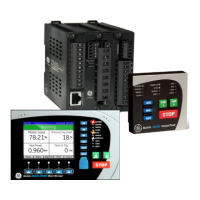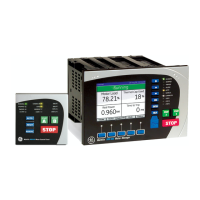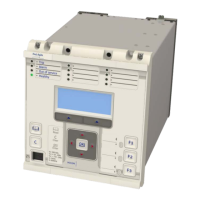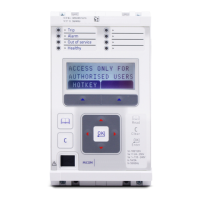Conductor spacing
(m)
Typical system
voltage (kV)
Ra for
If = 1 kA
Ra for
If = 2 kA
Ra for
If = 3 kA
4 110 - 132
7.2 W (primary) 2.8 W (primary) 1.6 W (primary)
8 220 - 275
14.5 W (primary) 5.5 W (primary) 3.1 W (primary)
11 380 - 400
19.9 W (primary) 7.6 W (primary) 4.3 W (primary)
Note:
For circuits with infeed from more than one terminal, the fault resistance will appear greater. This is because the protection
cannot measure the current contribution from a remote terminal. The apparent fault resistance increase could be between 2
to 8 times the calculated resistance. For this reason, we recommended setting the zone Resistive reaches to 4 times the
calculated arc resistance.
In this example, the minimum phase fault level is 1000 MVA. This is equivalent to an effective short-circuit fault
feeding impedance of:
Z = kV
2
/MVA = 230
2
/1000 = 53
W
(primary)
The lowest phase fault current level is equivalent to:
Ifault = (MVA x 1000)/(
Ö
3 x kV)
= (1000 x 1000)/(
Ö
3 x 230)
= 2.5 kA
Giving, according to the (van) Warrington formula, an arc resistance of:
Ra = 4
W
Iterative calculations could be performed to refine the expected fault current (which decreases as refined values of
Ra are included in the calculation), but as Ra is relatively small compared to the initially calculated value of Z, this
value is acceptable.
To compensate for remote infeed a small additional factor can be added to account for the expected fault current
being lower than that used in the calculation. So rather than set the zone Resistive reaches to 4 times the
calculated arc resistance, a factor of 5 could be used.
Using a factor of 5 gives a minimum setting of:
Phase Resistive Reach = 5 x Ra = 20
W
(primary value)
The Phase Resistive Reach could be set higher than this (for example using the rule-of-thumb: [2.3 - 0.0045 x Line
length (km)] x Zone 1 reach), so typically it would be set higher than 20Ω but lower than the Load Avoidance
setting.
Earth-Fault Elements
Fault resistance would comprise arc-resistance and tower footing resistance. A typical resistive reach coverage
setting would be 40 W (primary).
For high resistance earth faults, the situation could arise where no distance elements would operate. In such
cases, supplementary earth fault protection (for example Aided DEF protection) should be applied. If
supplementary earth fault protection is used, large resistive reaches for Earth-Fault Distance protection do not
need to be used so that the Earth-Fault Resistive reach can be set according to the utility practice. In the absence
of specific guidance, a recommendation for setting Zone 1 is:
● Cables: Resistive Reach = 3 x Zone 1 reach
● Overhead lines: Choose Resistive Reach in the range [2.3 - 0.0045] x Line length(km) x Zone 1 Reach
● Lines longer than 400 km: Choose Resistive Reach = 0.5 x Zone 1 Reach
P543i/P545i Chapter 7 - Distance Protection
P54x1i-TM-EN-1 205
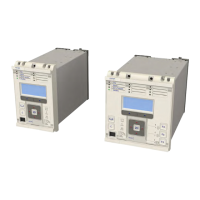
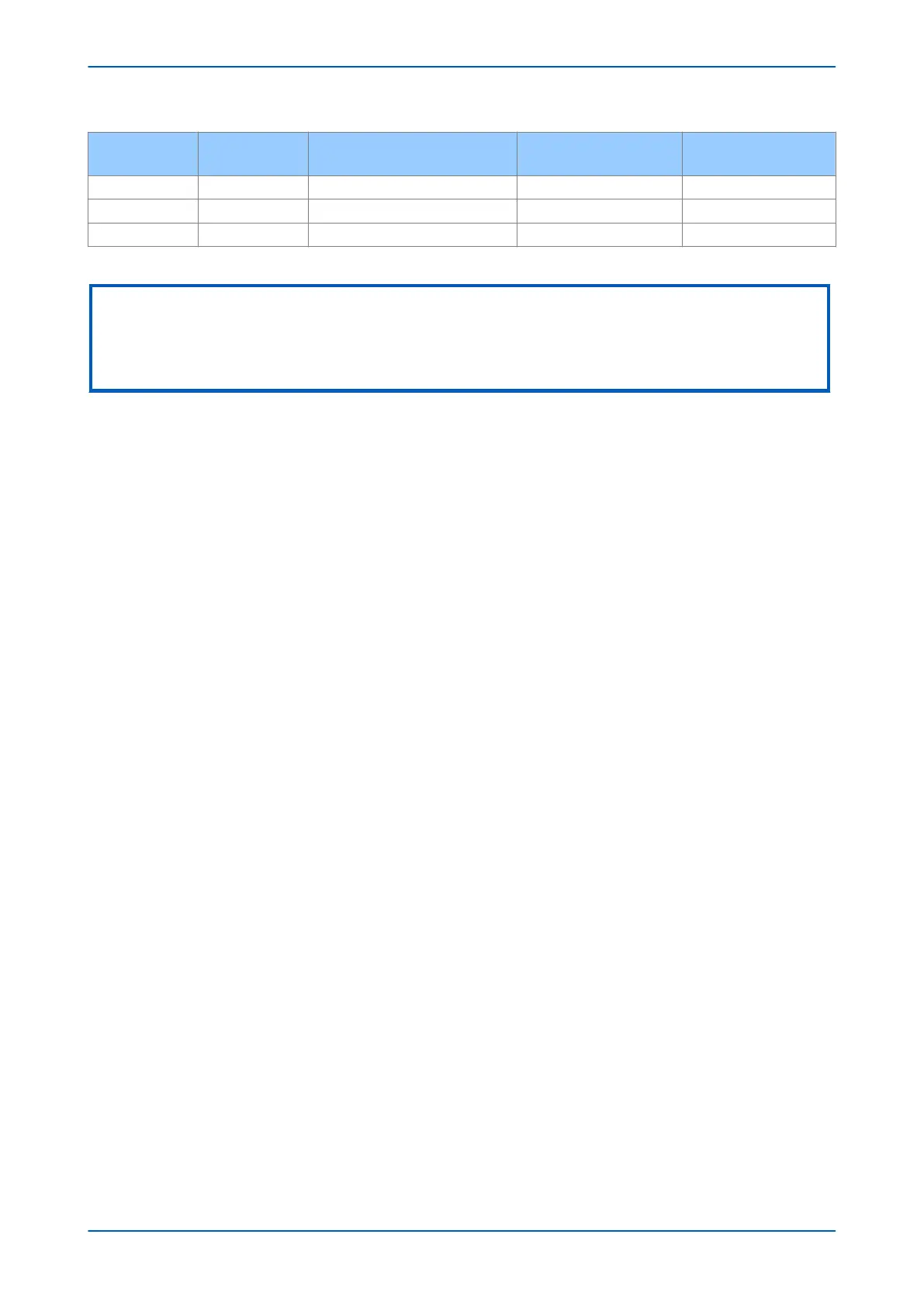